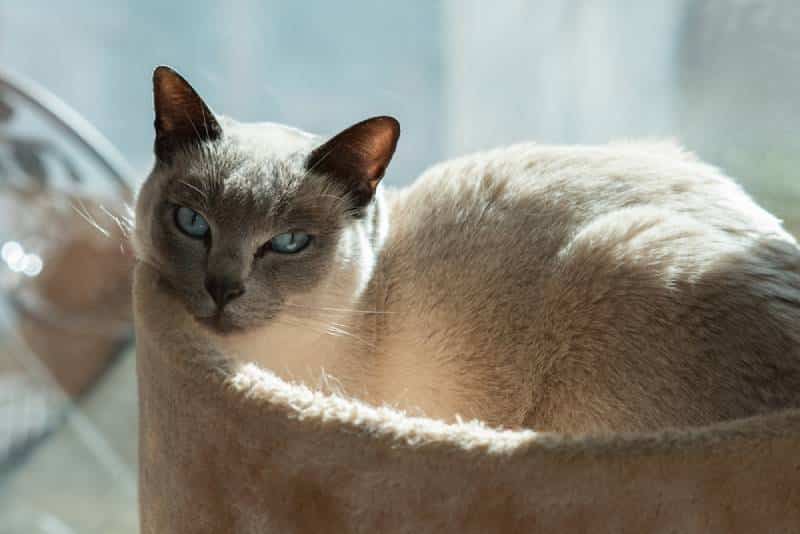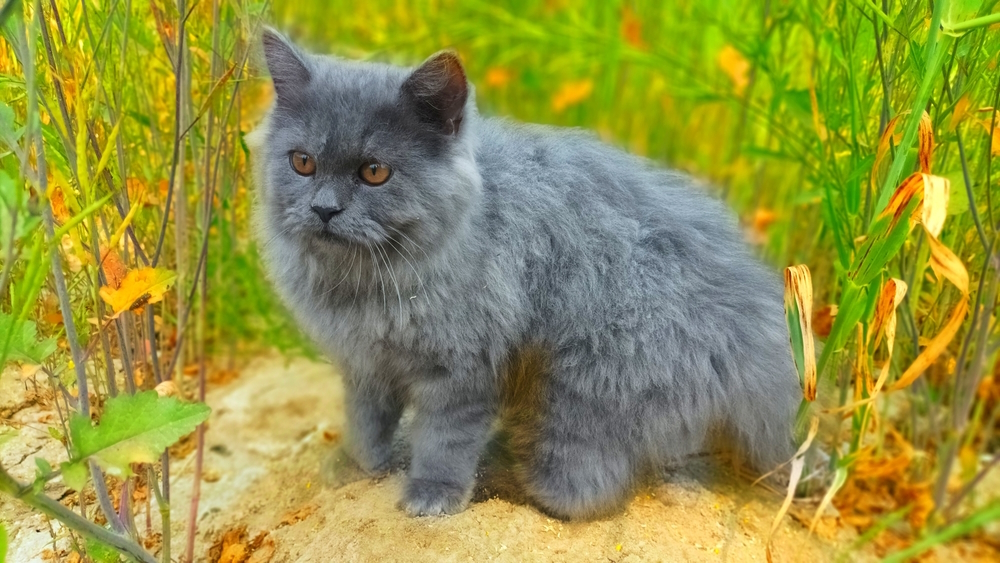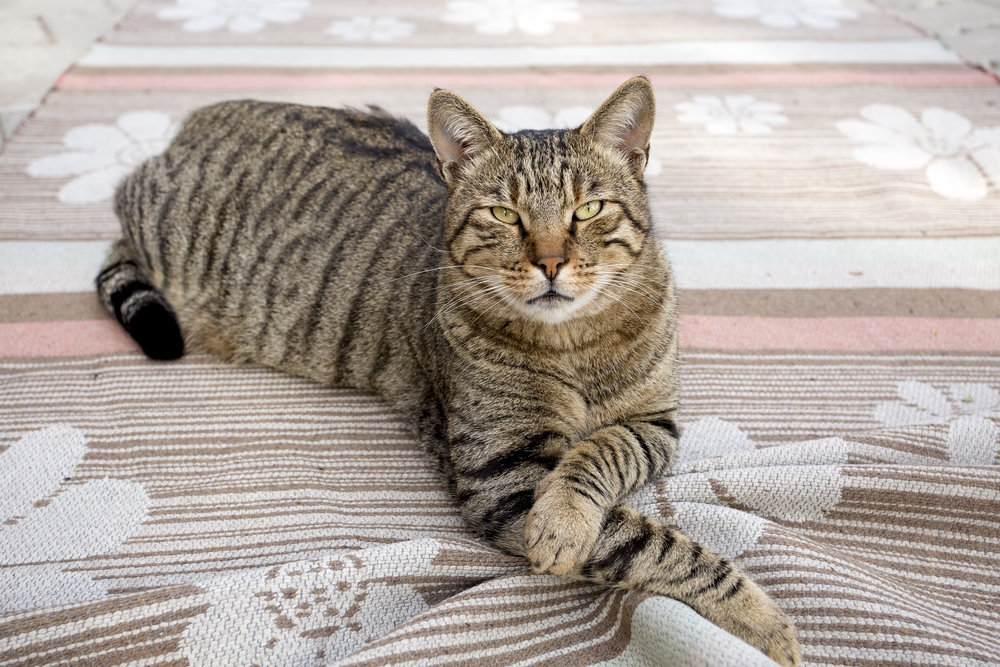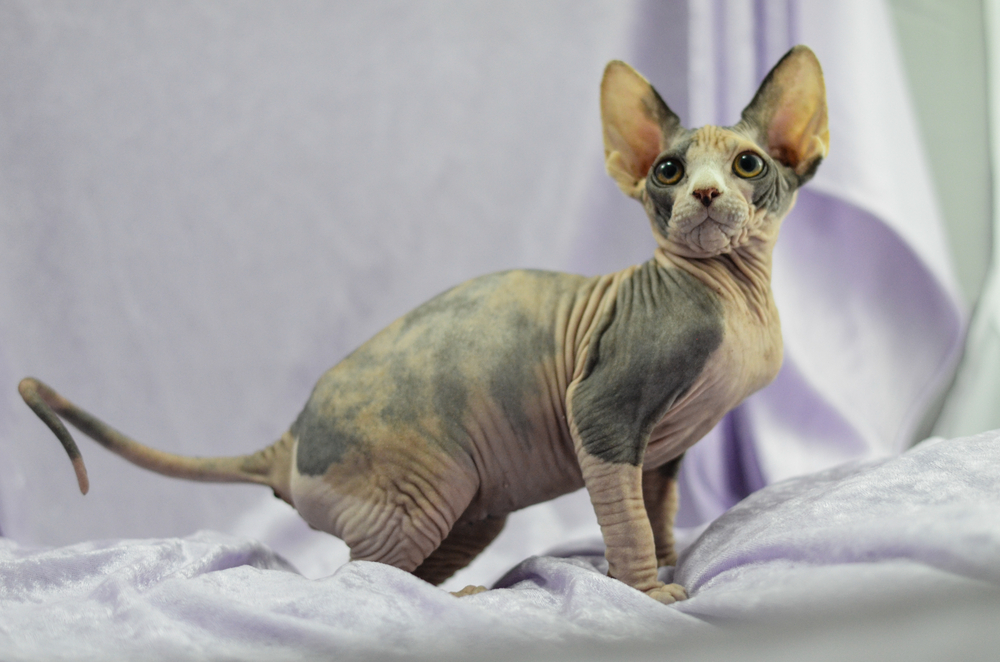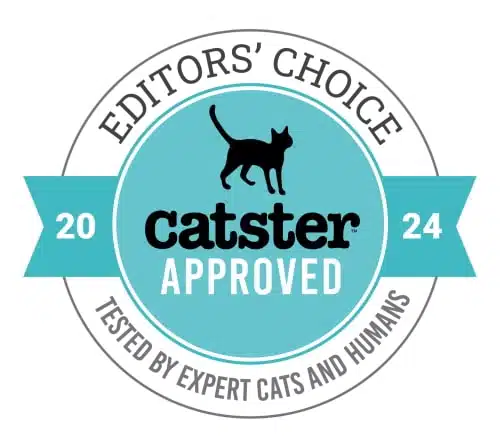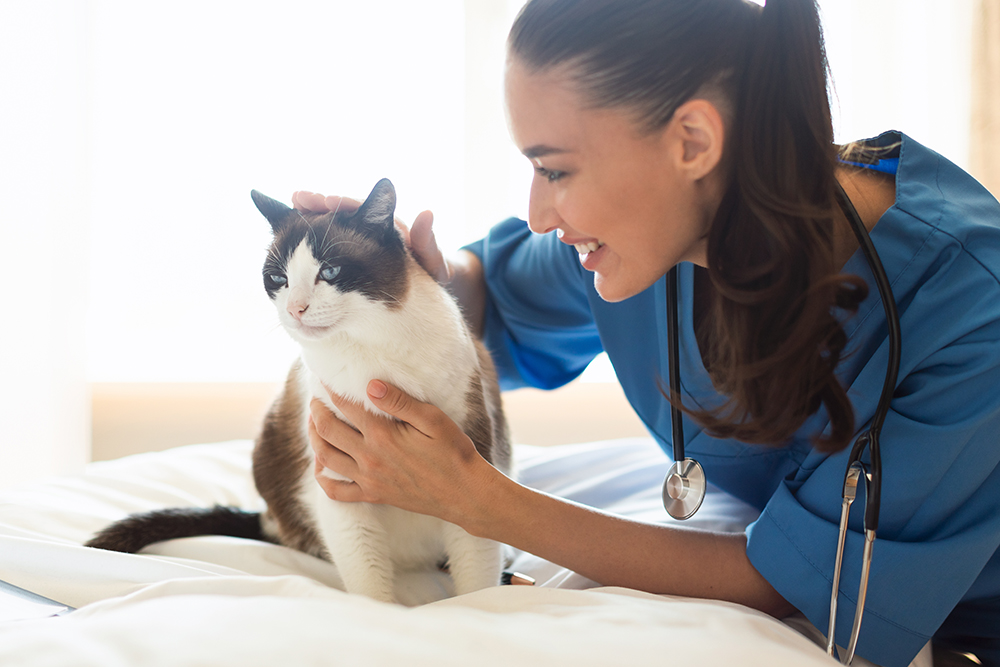Click to Skip Ahead
You might have just heard of the Gato cat for the first time, and you’re super interested! We can’t blame you! This compact, mini cutie catches attention from cat lovers everywhere with growing speeds. It’s like having a kitten indefinitely, dinky and sweet.
So, what is the Gato all about? Are they an official breed? Do they have colorful personalities? Where can you get one? Hold on to your knickers, because we have all the answers you need about this exciting little breed.
Breed Overview
Height:
7 – 9 inches
Weight:
6 – 9 pounds
Lifespan:
15 – 20 years
Colors:
White, blue, silver, red, brown, gray, black
Suitable for:
Any cat loving home
Temperament:
Playful, affectionate, attentive, agreeable
The Gato cat is a type of exotic cat that was developed by crossing popular breeds—the Himalayan, and Egyptian Mau. Although, all of these cats are pretty hefty in size, so how did the Gato get oh-so-small? We’re not so sure!
Despite their questionable beginnings and conflicting information swarming around the internet, we have some excellent information about this sensational kitty.
Gato Cat Characteristics
Gato Characteristics
Gato Kittens
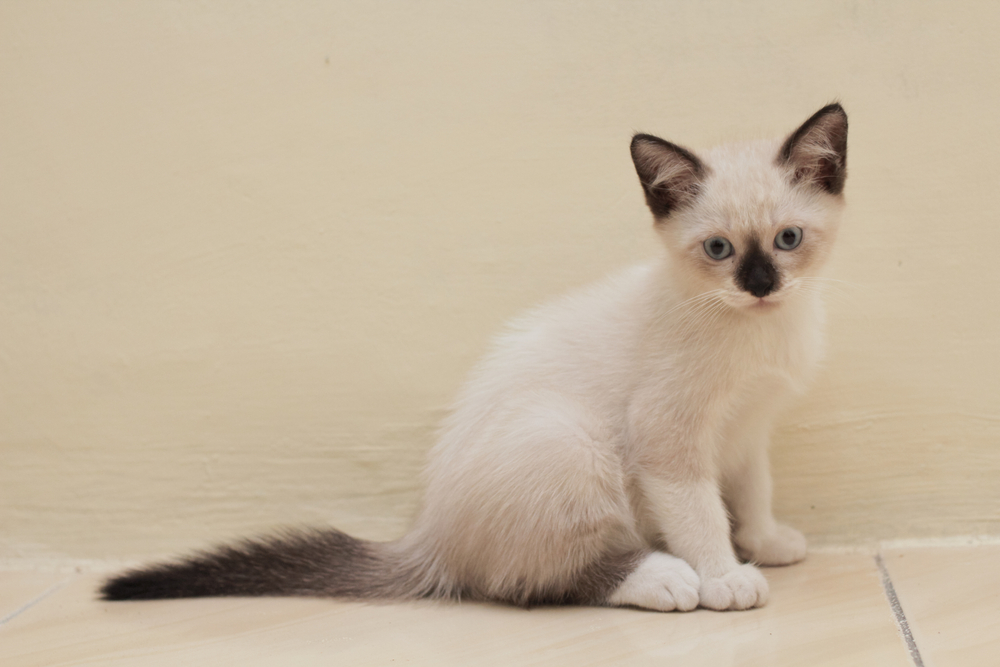
Gato kittens will be fun, energetic little critters that love to be on the move. They will take on their day to day with wanderlust, adventure, and excitement—so make sure you have plenty of forms of entertainment to keep them busy.
Since the breed is relatively rare, it is important to understand the complications of finding one. You might not be able to find a breeder for miles—and it can be a little difficult to validate authenticity. It’s best to look locally first and understand the potential dangers of shipping live animals.
However, if you have your heart set on one, you can make some arrangements as needed.
Don’t underestimate the power of adoption, either. We understand the lure of having a tiny little kitty to grow with, but it doesn’t always mean it’s the answer. There might be a perfectly suitable adult Gato waiting for you at a local rescue or shelter.
Some states might even have purebred specific requirements, so try touching base with them to see if there is availability. As a potential adopter, you might have to undergo rigorous testing to see if you are a perfect match.

Temperament & Intelligence of the Gato Cat
The Gato has Siamese lineage, meaning they will be very sharp, talkative, and even a bit particular. The Himalayan tends have a lovely, amiable temperament and they get very attached to people. The Egyptian Mau is incredibly intelligent and active—so what do you get when you combine the traits?
The Gato cat will impress you with their ability to learn. These cats check all of the boxes as to what makes a feline fantastic. These cats will be very perceptive of their environment and can make excellent hunters.
The Gato is very affectionate, but tends to understand and respond to the energy they are around. The breed influences that make up the Gato include some spunky cats full of personality.
Are These Cats Good for Families?
If you’re a cat lover, the Gato is certainly a kitty to bring home to the mix. These cats are all-around examples of a loving, energetic housecat that will make a great companion to one person—or a whole household!
They often acclimate well into virtually any home—from growing families to single owners. The Gato doesn’t love to be alone, but some prefer it this way. You have to prepare for any personality you get—and just be aware that there are some variations.
Does This Breed Get Along With Other Pets?
The Gato will thrive with other pets in the home. They love making friends everywhere they go and will likely get along well with other pets provided that they are introduced slowly and properly. However, make sure to not allow access to small, caged animals, as the Gato might see them as prey instead of pets.
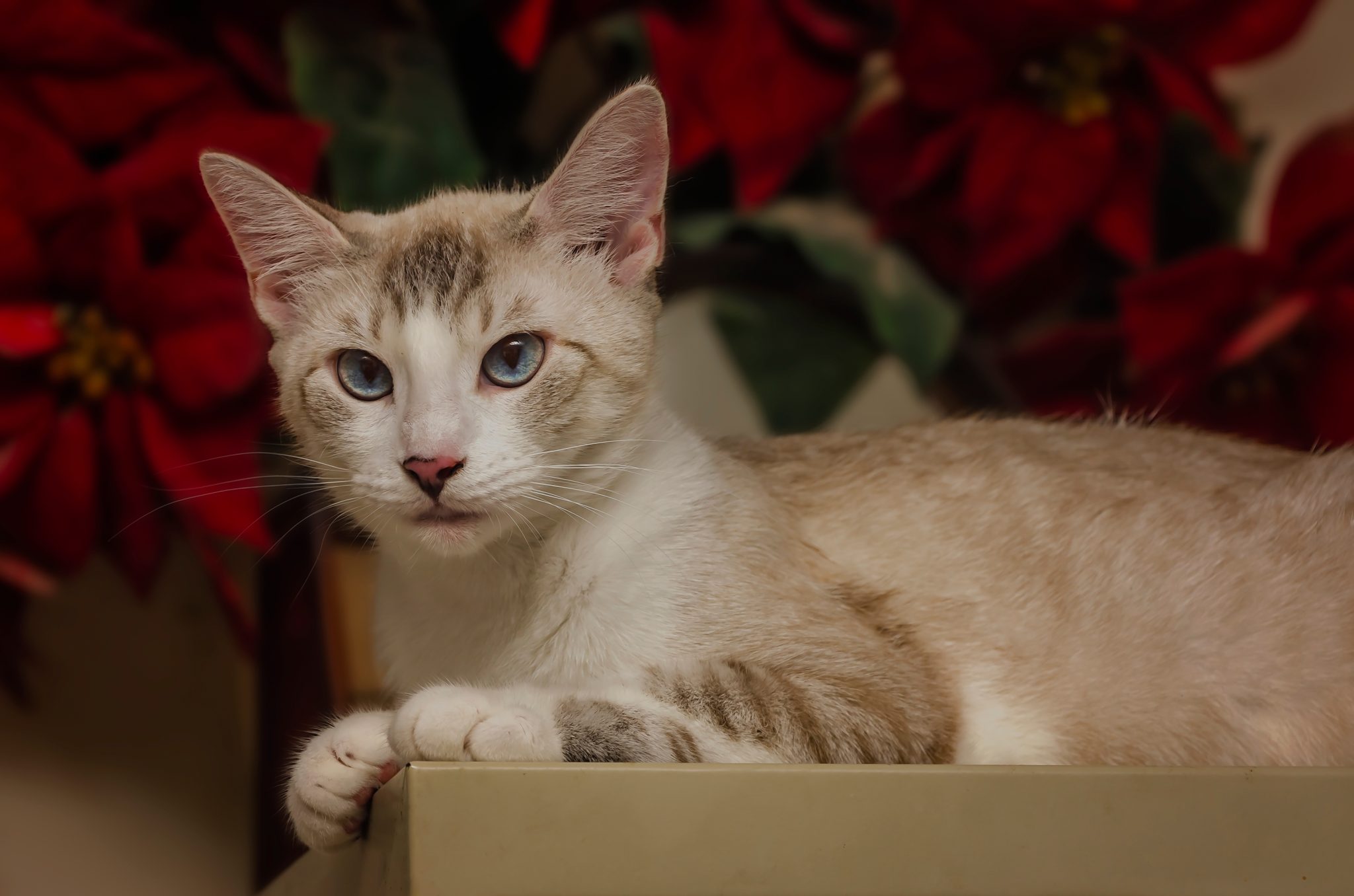
Things to Know When Owning a Gato Cat:
Food & Diet Requirements
Your Gato will need the same diet as any other kitty—a high protein, excellent quality recipe that will nourish their bodies. You should always check with your veterinarian for specific recommendations and to mull over your options.
As kittens, they will need a recipe that is explicitly designed for their growing bodies. Always make sure to buy kitten chow specifically—or an all-life-stages formula with proper ingredients. Always make sure to feed your kitten the recommended amounts for the necessary timeline.
Once your kitten is older, you can switch to adult cat food as a base maintenance diet. It is very common for families to choose dry kibble or wet food options. Although, fresh foods are becoming more readily available to folks.
You can also make homemade recipes, though you will always have to approve any recipe with your vet.
Exercise
Exercise is very important for our feline friends, especially after they pass the peak of their juvenile phase. Once cats get fixed, they start to wane a bit in energy—and some of them get quite lackadaisical.
So, offering a lot of interesting toys can really help them keep interest in being active. Also, having a more adventurous playmate around might motivate them. So, if you have other cats, dogs or kids around, they will keep each other busy.
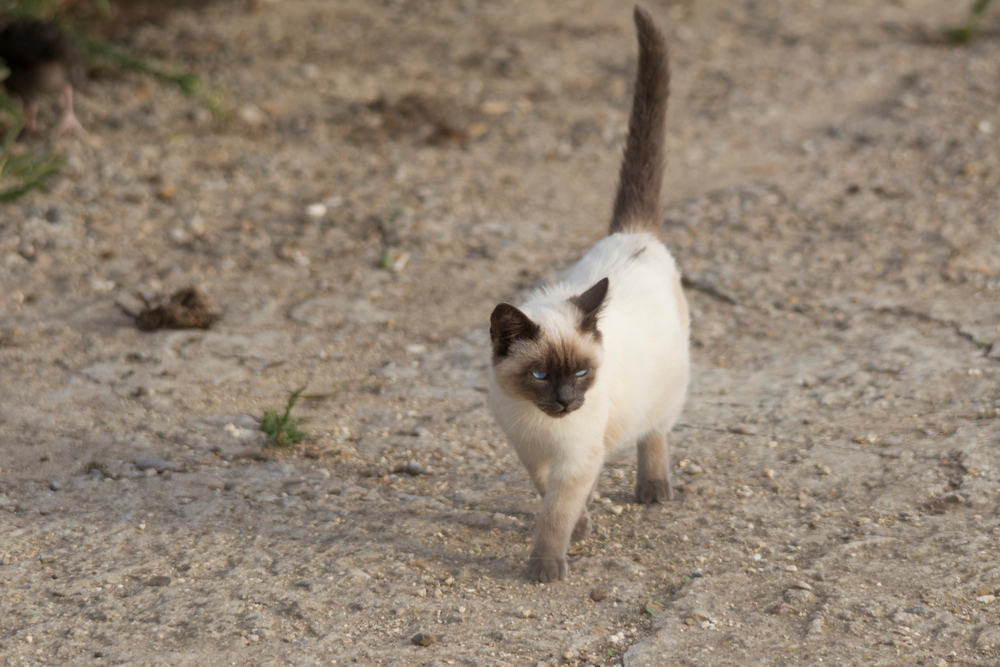
Training
Training your Gato to do basic things will be a breeze. For example, like most cats, show them the litter box twice and you have a forever-trained cat. Apart from that, they are capable of learning some much bigger concepts, too—permitting you work with them.
You could easily teach your Gato to walk on a leash, and we recommend starting the training earlier. The earlier you begin, the quicker they will acclimate.
Grooming
Most Gato cats have short coats, but some might take after their Himalayan heritage. So, ultimately, brushing frequency will depend on coat thickness and length. Getting any cat acclimated to brushing early is a good idea so it’s not a struggle later.
When it comes to bathing, Gatos (like most other domestic cats) are masters at the craft. However, if you would like to give them a little boost, you can give them a bath no more than once every 4 to 6 weeks.
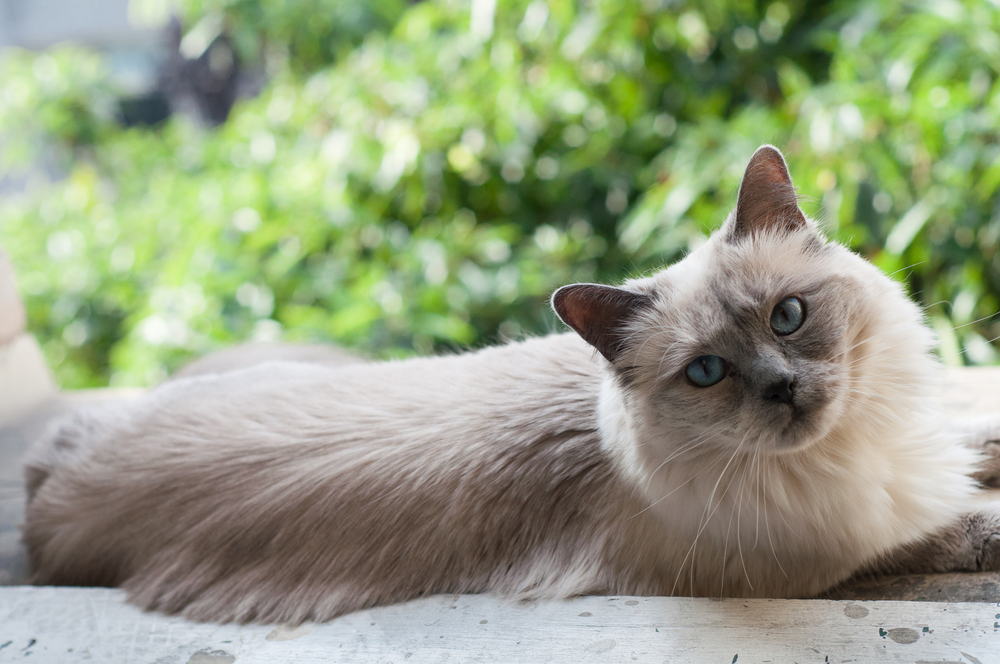
Health and Conditions
Health is one of the most crucial parts of cat care. You must establish a veterinarian early on so your kitten can get off on the right foot. During the first year, you will have many visits that include parasite prevention, vaccinations, spay and neuter surgery, and microchipping.
After the first year, you might only see your vet annually for checkups and boosters. However, depending on the health of your cat, you might see them much more often.
Keep in mind, many factors play a role in health. Primarily, these include genetics, environment, and diet. Because health can sometimes be unpredictable, many folks are opting for pet insurance to cover necessities. Vet care can be downright expensive, especially after-hours visits, emergencies, surgeries, and ongoing medical treatments.
Just like with humans, once your cat develops a diagnosis, insurance won’t cover that preexisting condition if you attempt to get a policy. So, many people put a cat on a plan early on to stay ahead of any potential expenses in the future.
When it comes to overall health, it can be hard to say exactly what a Gato might suffer from. Since it is a relatively new breed and it hasn’t been firmly established, it could take on several health issues from any parent breed.
Some of these conditions are listed below. Please note that this isn’t an exhaustive list, and understand that parent breeds are often very healthy.
- Cherry eye
- Dental disease
- Feline asthma
- Polycystic kidney disease
- Progressive retinal atrophy
- Heart disease
- Amyloidosis
- Cancer
- Cystitis
Male vs Female
Males and females are very different in composition. Just like with many other cat breeds, males tend to be larger-framed than females, with bulkier heads and muscular frames. Females tend to be a little daintier and graceful.
Regarding personality, it is hard to tell what you will get based on sex alone. However, as a stereotype, males are often more lazy and social while females are better hunters and seem to be more selective about interactions. This is absolutely not the case in every circumstance.
When it comes to sexual maturity, both males and females hit this mark between 4 and 6 months of age. Both males and females will change drastically and many start to mark territory, spray, and experience personality changes.
Females in heat tend to be incredibly vocal, exceedingly lovable, and many would argue downright overbearing! Males might get more aloof, standoffish, or even aggressive. For the sake of your relationship, it’s best to spay or neuter your cat before they reach sexual maturity.
3 Little-Known Facts About the Gato
1. Gato cats can come in practically any color.
2. Gatos are not accepted by major cat associations yet.
3. Gato means ‘cat’ in Spanish, but the Gato breed doesn’t have any Spanish influences, so it’s unknown why this name was chosen.
Final Thoughts
Now that you know a little bit more about the Gato, you can decide if this cat is worth pursuing. Keep in mind that it will be very challenging to locate a reputable breeder for most folks—but it’s worth looking around if you have your heart set on it.
Gato cats are smaller, incredibly intelligent cats that will impress you every day with their capabilities. In the future, we look for the breed to grow and become more tangible to cat lovers everywhere.
Featured Image Credit: Yehoshua Halevi, Shutterstock

